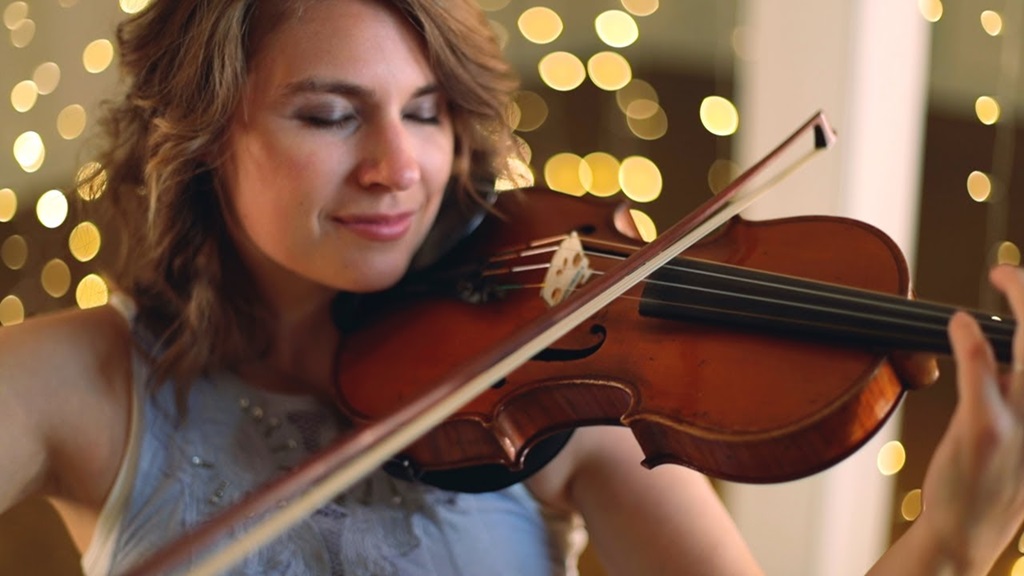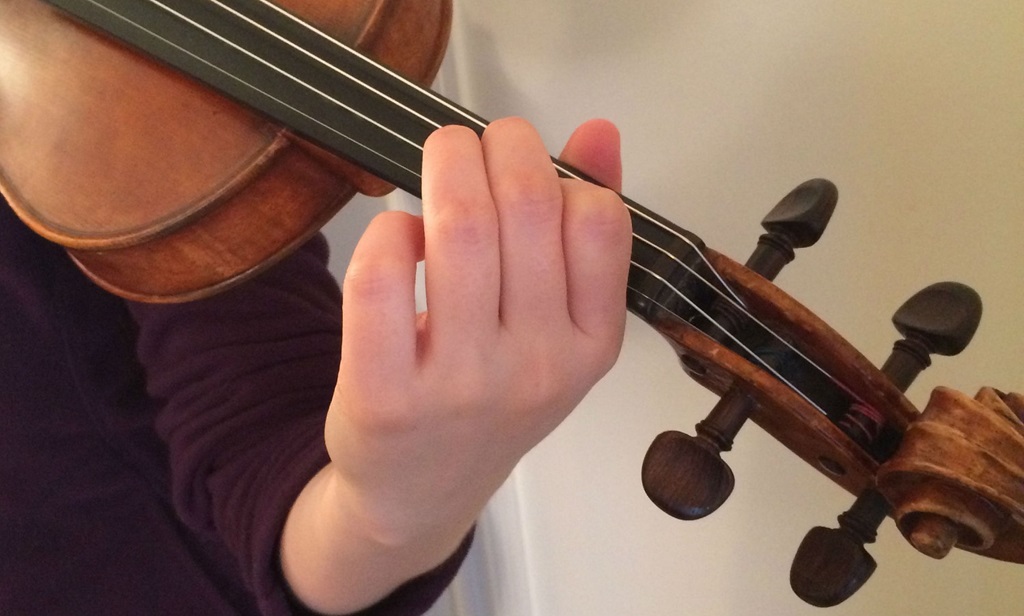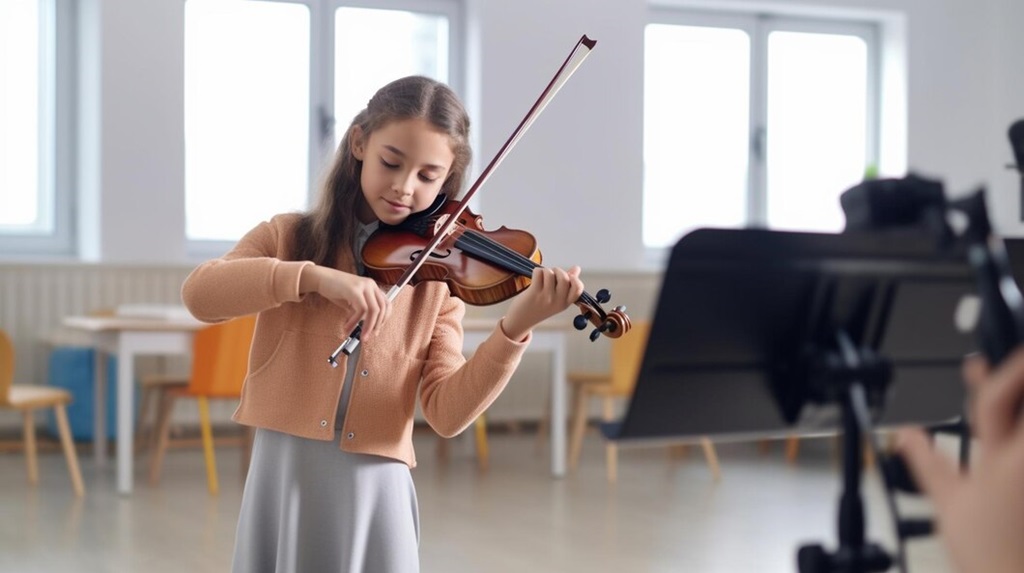When it comes to learning to play the violin, setting achievable goals is essential. If you’re a beginner violinist, learning to play the happy birthday chords violin can be a fun and rewarding goal to aim for. The happy birthday song is a simple melody with a repetitive chord progression that makes it quite easy to learn. With some basic violin skills and a few tips, you can easily pick up this classic birthday song.
To play the happy birthday song on violin, you can start by practicing the melody, then add the chords to give it a fuller sound. Remember to pay attention to your hand posture, bowing technique, and intonation to ensure that your performance sounds clear and accurate. With enough practice and patience, you’ll be able to play the happy birthday song on the violin with ease.
Getting Started with Happy Birthday Chords Violin
Before jumping into learning happy birthday specifically, make sure you have a solid foundation of basic violin skills. Here’s a quick overview of what you need to know:
Violin Hand Position
- Proper hand position is crucial when holding the violin. Rest the violin on your left shoulder and hold the neck with your left hand. Keep your wrist straight and fingers curved.
- Your right hand should hold the bow loosely between the thumb and fingers. Keep your elbow up and wrist flexible.
Notes and Finger Placement
- Violin notes are made by placing fingers on different strings. The string order from left to right is G, D, A, E.
- Each finger has a number – 1 for index, 2 for middle, 3 for ring, and 4 for pinky. Use these numbered fingers to press down on the strings to make notes.
- Play notes using proper finger placements. For example, play D on the D string with finger 1.
Bow Technique
- Hold the bow parallel to the bridge. Use steady, even bow strokes across the strings to produce clear notes.
- Try different amounts of bow pressure and contact points to get clean articulation. More bow pressure and contact creates louder, crisper notes.
Posture and Position
- Stand or sit tall with your shoulders relaxed. Do not hunch over the violin. Keep your left wrist straight and elbow under the violin.
- Tuck the violin under your chin and hold it in place with your jaw. Do not clutch the neck tightly. Keep your head balanced above your body.
With these fundamentals, you can start learning simple violin tunes like happy birthday. Always play with good technique to develop proper violin skills.
Happy Birthday Violin Notes

The happy birthday song contains simple notes that are easy to learn on violin. Here are the violin notes for happy birthday:
- G, G, A, G, C, B
- G, G, A, G, D, C
- G, G, G, E, C, B, A, G
- F, F, E, C, D, C
The song starts off on an open G string. Then it goes up to A on the G string and C and B on the D string.
The next lines follow a similar pattern, moving up to D on the A string. The last line introduces E, C, and F notes.
Take it slowly at first and use the finger numbers underneath each note:
- G (open), G (open), A (2 on G), G (open), C (1 on D), B (2 on D)
- G (open), G (open), A (2 on G), G (open), D (1 on A), C (1 on D)
- G (open), G (open), G (open), E (1 on E), C (1 on D), B (2 on D), A (2 on G), G (open)
- F (1 on E), F (1 on E), E (open), C (1 on D), D (2 on D), C (1 on D)
Memorize these violin finger positions and practice playing them slowly. Be familiar with finding the notes before trying to play the full happy birthday song.
Happy Birthday Violin Chords
Unlike piano or guitar, violins do not play defined chords. But the melody notes of happy birthday outline chords in the key of G major:
- G major
- C major
- G major
- D major
- G major
- E minor
- C major
- G major
- F major
- C major
Think of each measure containing notes from the chord of that measure. For example, the first two measures use the open G string, outlining the G major chord.
Even though you aren’t strumming exact chords on violin, try to bring out the chord feeling. Emphasize the strong downbeats of each measure to give shape to the chord changes.
Happy Birthday Violin Rhythm
Here is the rhythm for happy birthday:
(Quarter note) G – G – (Quarter note) A – (Quarter note) G – (Quarter note) C – (Quarter note) B
(Quarter note) G – G – (Quarter note) A – (Quarter note) G – (Quarter note) D – (Quarter note) C
(Quarter note) G – G – (Quarter note) G – (Quarter note) E – (Quarter note) C – (Quarter note) B – (Quarter note) A – (Quarter note) G
(Quarter note) F – F – (Quarter note) E – (Quarter note) C – (Quarter note) D – (Quarter note) C
Each note gets one quarter note beat. The half notes on the repeated G’s last for two beats. This even rhythm gives the song its simple, singable melody.
Keep your quarter notes steady as you play through each measure. Lightly tap your foot on the downbeats to keep your place in the rhythm. Staying in time will help you play happy birthday smoothly.
Tips for Learning Happy Birthday on Violin

Learning happy birthday on the violin takes repetition and regular practice. But with a step-by-step approach, you can quickly get this tune under your fingers. Here are some useful tips:
- Break the song down into short segments. Learn just the first line at a time, then add on the next few notes.
- Clearly memorize the note names and finger positions. Write them down or use visual aids if needed.
- Play very slowly at first, with separate bows for each note. Increase speed gradually as you get more comfortable.
- Use a metronome or online backing track to practice with steady rhythm. Set it to a reasonable tempo, like 60-80 bpm.
- Say the note names aloud or sing the melody in your head as you play. This connects the notes with the tune.
- Record yourself to check for accuracy and listen for areas to improve. Are the notes ringing clearly? Is the rhythm consistent?
- Once comfortable, try adding dynamics like accents, crescendos, and decrescendos. This makes the performance more musical.
- Practice daily in short 10-15 minute sessions. Frequent repetition helps cement the song in your muscle memory.
With regular practice using these methods, the happy birthday violin notes will become natural and familiar. Be patient in the learning process to develop solid violin technique.
Putting It All Together: Happy Birthday Violin Tutorial
Now let’s go through happy birthday step-by-step:
Step 1: Open G Strings
- Play open G string 8 times using steady quarter notes. Use full bow strokes.
- Focus on even tone and rhythm. Breathe on the beats to stay at a relaxed tempo.
- Repeat until you can play the open G’s confidently up to speed.
Step 2: Add First 3 Notes
- Keep playing open G’s. Add 2nd finger A on the G string on beats 3 and 7.
- Then add 1st finger C and 2nd finger B on the D string on beats 5 and 6.
- Say the note names as you play and emphasize the downbeats.
Step 3: Play First Line
- Put all the notes of line 1 together: G G A G C B
- Use separate bows and stay in time with the quarter note rhythm.
- Repeat several times until you can play line 1 consistently without mistakes.
Step 4: Second Line
- Follow the same steps to add the notes of line 2: G G A G D C
- Say the note names and feel the downbeats of each measure.
- Practice line 1 and 2 together until comfortable.
Step 5: Third Line
- Add the new notes – open E, F on E string.
- Say names and rhythm out loud e.g. “G, G, G, E, C, B, A, G”.
- Put lines 1-3 together fluidly keeping steady rhythm.
Step 6: Fourth Line
- Finish by adding the notes of the final line: F F E C D C
- Review any tricky spots by isolating difficult finger transitions.
- Gradually play all four lines together from start to finish.
Step 7: Refine Technique
- Now that you can play the full song, focus on technique and expression:
- Relax tension and use flexible bow movements
- Shape dynamics and phrasing
- Vary articulation – add accents and slurs
- Use vibrato on long notes
- Make crescendos and decrescendos
Step 8: Perform!
- Congratulations, you can now play happy birthday on violin!
- Record yourself playing the song and see if any spots need polishing.
- When ready, perform happy birthday for friends and family – or use it to practice sight reading and learn new music!
Stick with this incremental learning process, and you’ll quickly have happy birthday down confidently. Maintain your new song by playing it often. Soon you’ll be ready to tackle more tunes using the same step-by-step approach.
Happy Birthday Variations

Once comfortable with the standard melody, try these fun variations to mix up your happy birthday violin performance:
Double Stops
- Play two notes together on adjacent strings. For example, play open G with 1st finger D.
- Add double stops on the strong downbeats for a rich harmony.
Shifting Positions
- Shift your hand position to play the melody in higher positions. For example, play on D and A strings.
- Practice smooth position changes shifting up and back.
Rhythmic Variation
- Dot quarter notes or add eighth notes to create rhythmic interest. Syncopate the rhythm by accenting upbeats.
Key Change
- Use open D string and transpose the melody up a minor third into B minor. This brightens the sound.
Pizzicato
- Pluck the strings pizzicato style for a percussive effect. Combine pizzicato and arco bowing.
Duet
- Play happy birthday as a duet with a fellow violinist. Trade off melody and harmony lines.
Get creative and try different variations to put your own spin on this familiar tune. Exploring musical variations will expand your overall violin skills.
Conclusion
Learning to play happy birthday chords violin is a great goal for beginners and a milestone moment. With step-by-step practice of the notes, chords, and rhythm, this classic tune can quickly be mastered. Memorialize the song under your fingers using smart practice techniques. Soon you’ll be confidently playing happy birthday and ready to advance your violin skills even further. Surprise your friends and family by performing happy birthday for them on your violin!
Common Questions
What are the notes for happy birthday on violin?
The notes are:
G, G, A, G, C, B – G, G, A, G, D, C – G, G, G, E, C, B, A, G – F, F, E, C, D, C
Refer to the notes section above for the exact finger positions.
What are good practice strategies for happy birthday?
Break the song into short segments. Practice slowly with separate bows. Use a metronome for steady rhythm. Say note names aloud. Record and listen back. Focus on technique and expression. above for detailed tips.
What are the chords for happy birthday?
The chords follow this progression:
G major, C major, G major, D major, G major, E minor, C major, F major, C major.
Emphasize the strong downbeats to bring out the chord changes.
How can I add variations to happy birthday?
Try double stops, shifting positions, rhythmic syncopation, key changes, pizzicato plucking, duets, and other musical variations. Get creative to make the song your own!
What violin techniques can I learn from this song?
Master finger placement, string changes, bow technique, rhythm, and basic note reading. Then develop skills like dynamics, phrasing, vibrato, and expression. Happy birthday teaches core violin fundamentals.






